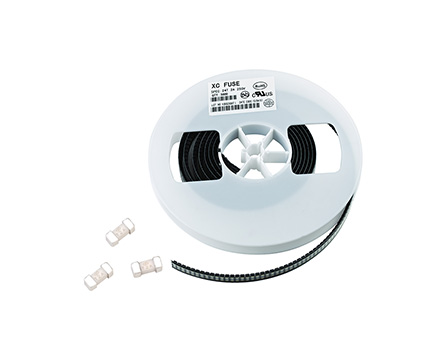
A. Classified by temperature variation characteristics - positive temperature coefficient (PTC), negative positive temperature coefficient thermistors.
B. Classified by sensitivity to temperature changes - high sensitivity type (mutation type), low sensitivity type (slow change type) thermistors.
C. Classified by heating method - direct heating thermistors, side heating thermistors.
D. Classified by structure and shape - various types of thermistors such as circular (sheet), cylindrical (cylindrical), circular (gasket), etc.
The most common names for thermistors are PTC thermistors and NTC thermistors. So what is the difference between these two types of thermistors?
1、 PTC thermistor
PTC thermistor structure - made from materials such as barium titanate (BaTiO3), strontium (Sr), zirconium (Zr), etc.
PTC thermistor characteristics - the resistance value is directly proportional to the temperature change, that is, the resistance value increases as the temperature increases. At room temperature, its resistance value is small, only a few ohms to a few tens of ohms; When the current flowing through it exceeds the rated value, its resistance value can quickly increase to hundreds to thousands of ohms or more within a few seconds.
PTC thermistor function and application - widely used in the demagnetization circuit of color televisions, the starting circuit of refrigerator compressors, and circuits for overheating or overcurrent protection. It can also be used in small household appliances such as electric mosquito repellents and curlers, electric heating pads, and heaters.
Read recommendations: